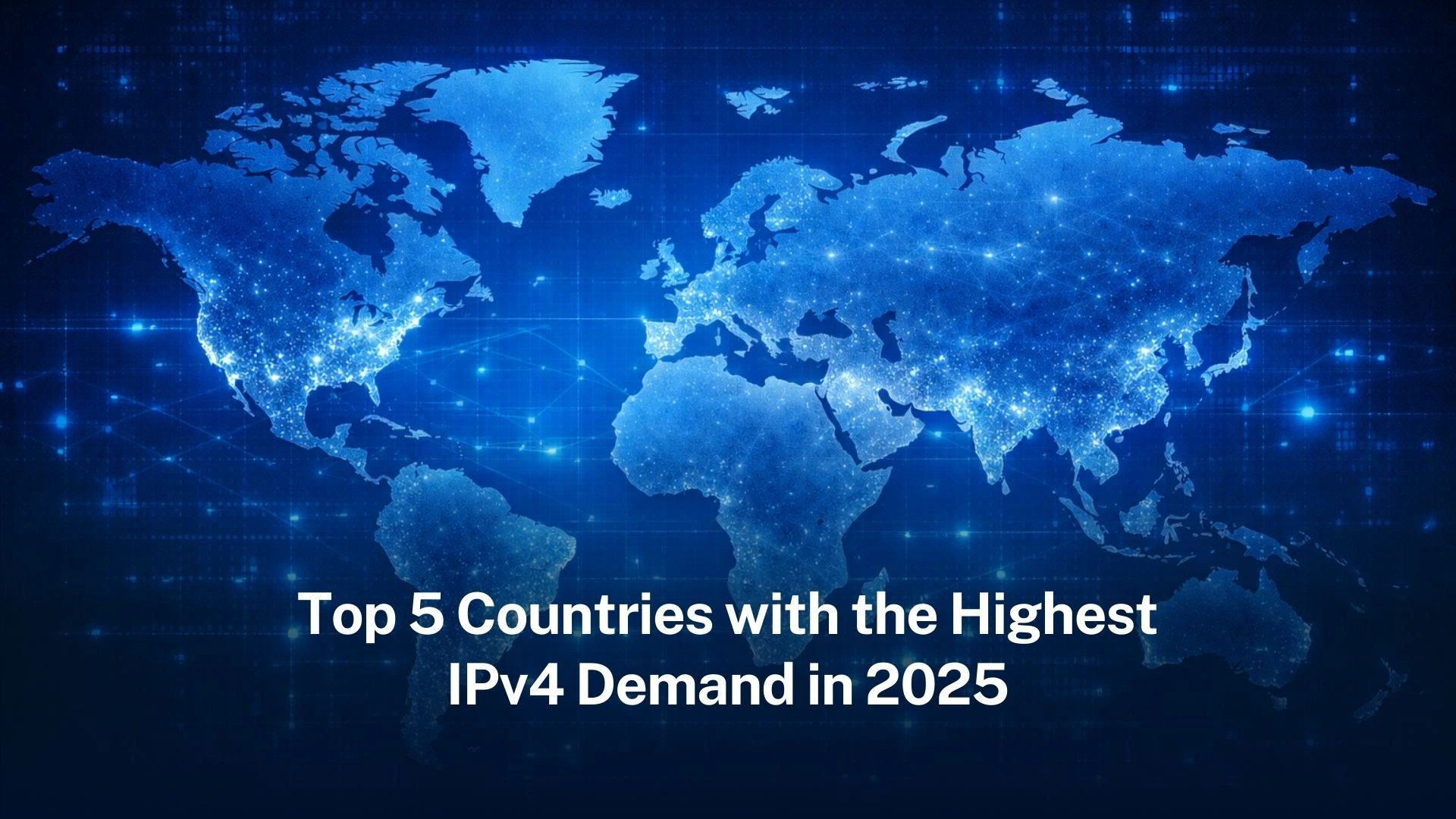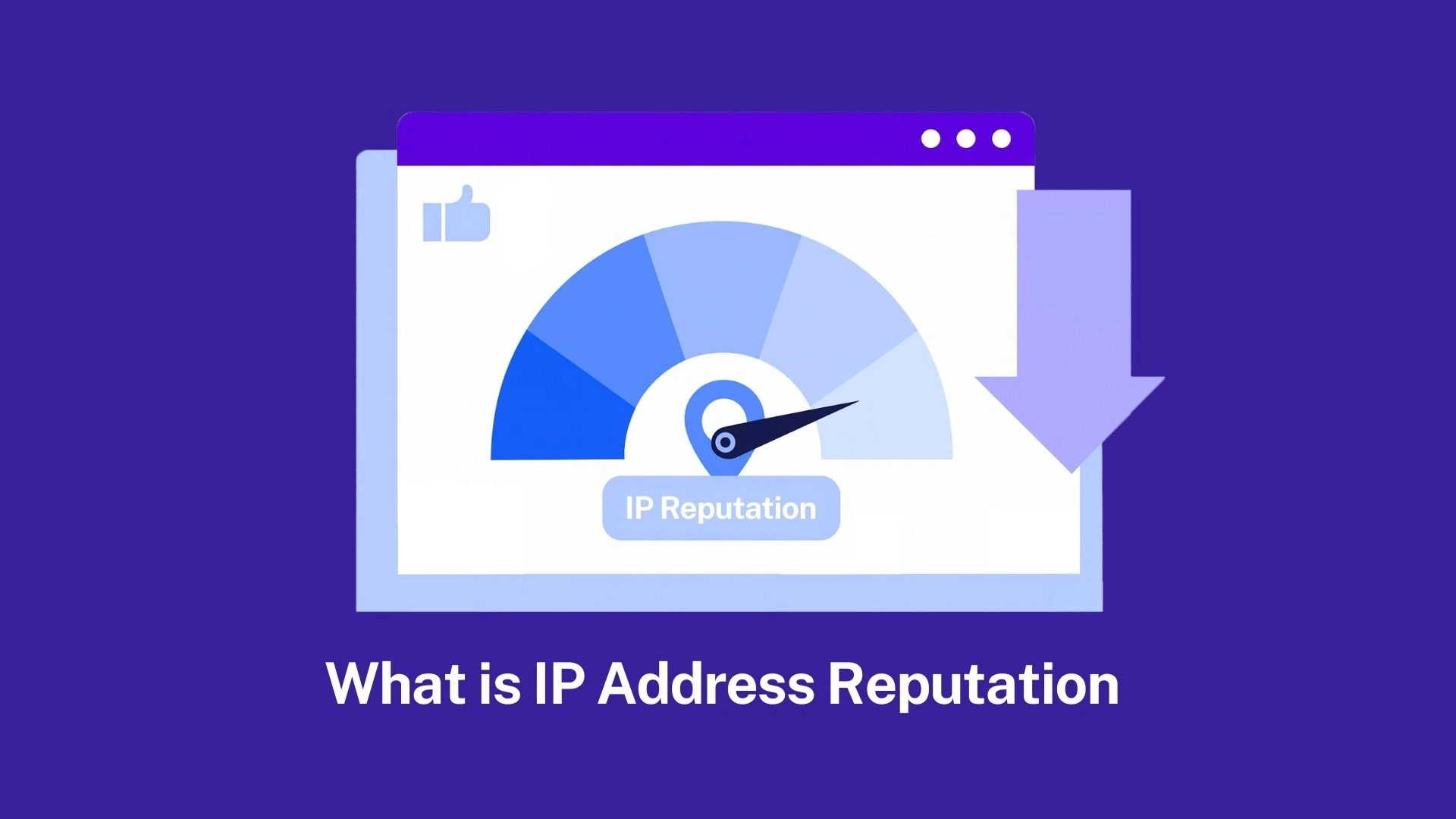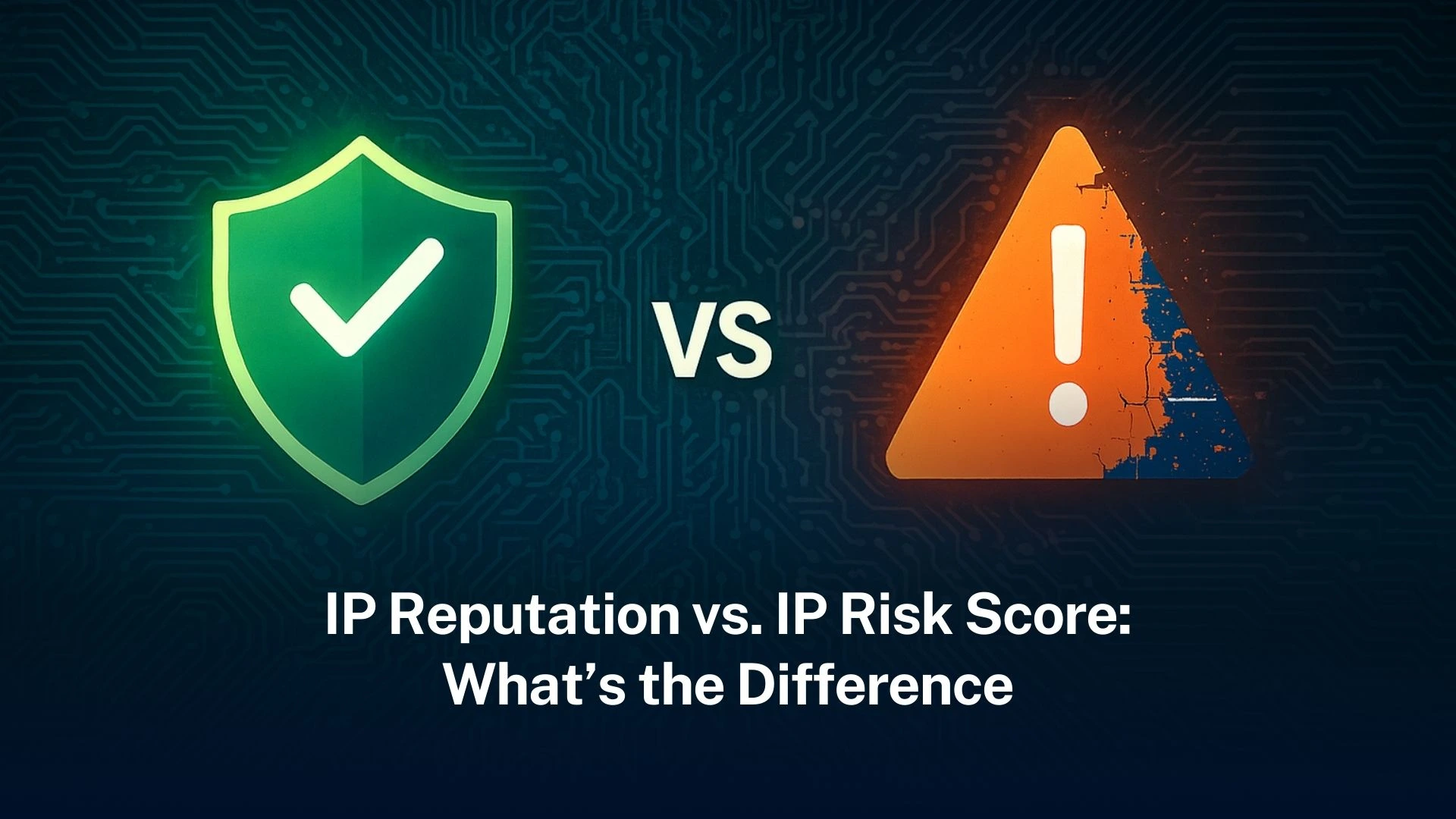Why You Would Want to Use IPv6
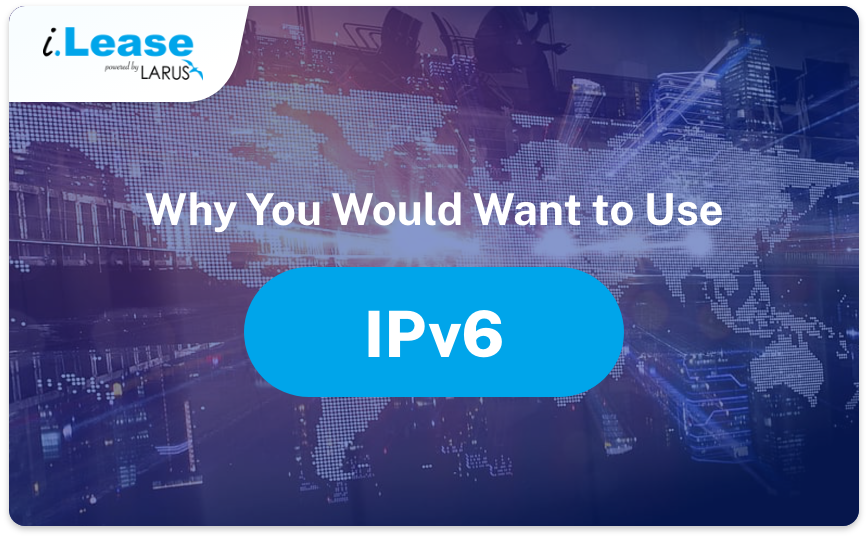
IPv6, or Internet Protocol version 6, is the latest version of the Internet Protocol (IP). It was designed to overcome the limitations of its predecessor, IPv4.
IPv6 is the future of the Internet. We are looking at the increased adoption of the Internet of Things (IoT), autonomous transport (like Tesla cars), and smart cities. Your office space is likely to have multiple sensors, actuators, and IoTs that require an IP address.
Top 5 Benefits of Switching to IPv6
There are many benefits to using IPv6. Organizations that fail to adopt IPv6 may be at a disadvantage. For example, they may not be able to access new websites and applications that are only available over IPv6.
The adoption of IPv6 is still lagging, but it is slowly gaining momentum. As more and more ISPs and devices support IPv6, the adoption rate will continue to increase.
1. Address Space
IPv4’s 32-bit addresses limit its capacity to approximately 4.3 billion addresses. With phones and IoT devices, it is clear that 4.3 billion is inadequate for the growing number of Internet-connected devices. IPv6, with 128-bit addresses, ensures that we won’t run out of IP addresses in the foreseeable future.
2. Enhanced Security
IPv6 offers improved security features, including robust authentication and encryption. While such features can be achieved with IPv4, they are built in with IPv6.
3. Increased Efficiency
IPv6 eliminates the need for network address translation (NAT). NAT is a workaround for the shortage of publicly available IP addresses. It adds extra work and complexity when setting up a network. With IPv6, this complexity is eliminated.
4. Support for New Technologies
More devices will be specifically designed for IPv6. Switching to IPv6 now can help you to easily integrate emerging technologies.
Network structures will become more complex as more devices need to communicate with each other over the same network. IPv6 enhances efficiency for group communications, common in IoT. This support is made possible by a technology called multi-casting.
5. Support for Larger Packets
Packet sizes will become a major point of contention as file sizes and network speeds increase.
2.0 How to Transition to IPv6
There are different strategies that you can use to gradually transition to IPv6.
a. Dual-stack is a configuration that allows a device to use both IPv4 and IPv6 addresses. This is the preferred configuration for most devices.
b. Tunneling is a technique that allows IPv6 traffic to be routed over an IPv4 network. This is sometimes necessary when an ISP does not yet support IPv6.
3.0 How to migrate to IPv6
The following are a few steps to consider when migrating to IPv6.
a. Planning and preparation.
This step includes identifying all of the devices and applications that need to be migrated to IPv6.
b. Device and software compatibility.
Not all devices and applications support IPv6. You will need to check the compatibility of your devices and applications before migrating.
c. Network testing and troubleshooting.
You will need to test your network to make sure that it is working properly with IPv6.
d. Migration and deployment.
This is the process of migrating your devices and applications to IPv6.
e. Ongoing support and maintenance.
Once you have migrated to IPv6, you will need to provide ongoing support and maintenance for your IPv6 infrastructure.
4.0 Closing thoughts
If you’re wondering why we’re jumping from IPv4 to IPv6 (where is IPv5?), the answer is simple: IPv5 was an experimental predecessor to IPv4 that engineers tried to tinker with in the 1980s.
IPv5 did not work out. Since IPv5 was already assigned, we cannot repurpose the name.
So here we are at the crossroads between the most widely used IP (IPv4) and the future of the Internet (IPv6). The transition can be daunting: financial investment, human resources, and new routers. However, the increased performance, scalability, and security make the investment worth it.
If you are looking to scale up but can’t make the jump yet, leasing IPv4 addresses might be your best option. i.lease is an expert IPv4 broker that provides quick and reliable IPv4 leasing. We offer multiple language support to make your leasing experience efficient and seamless.
